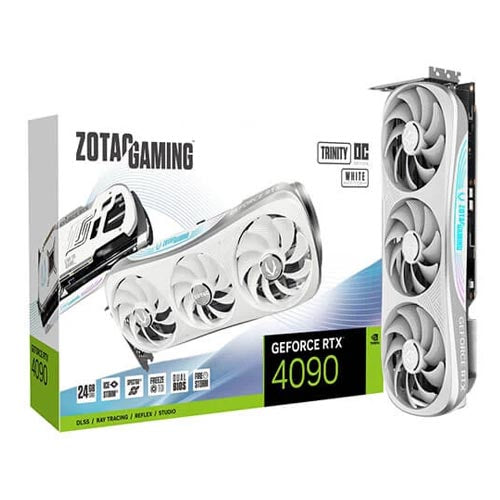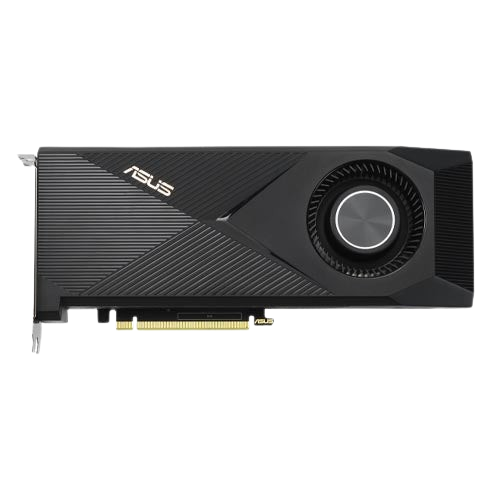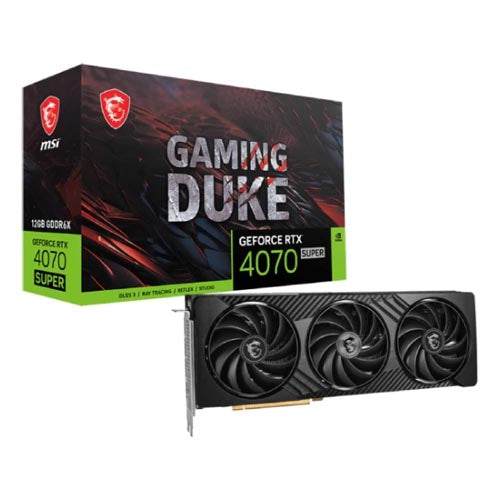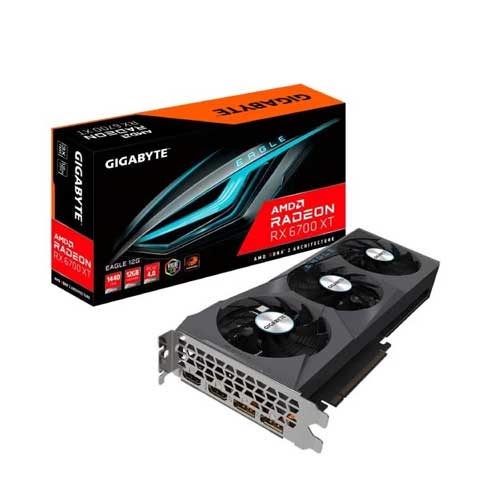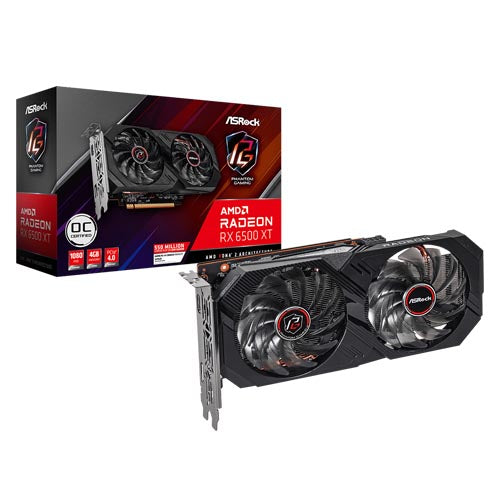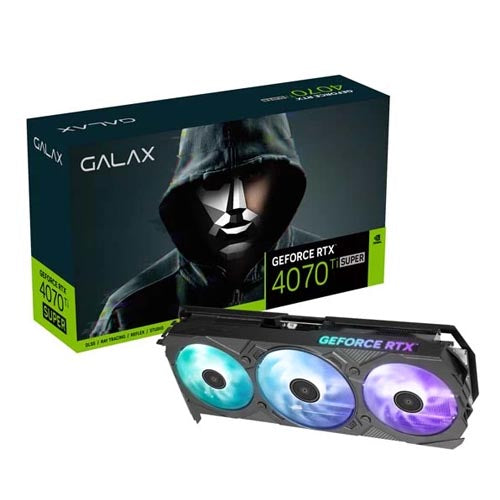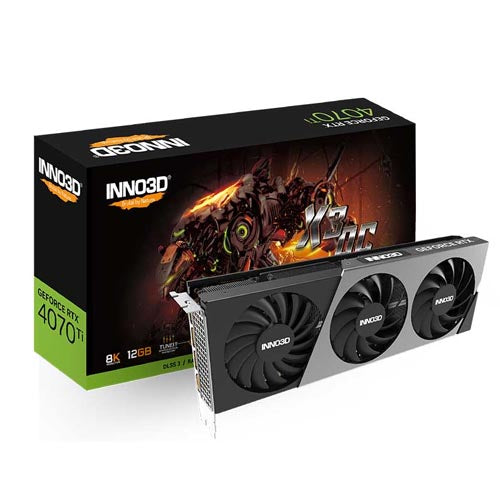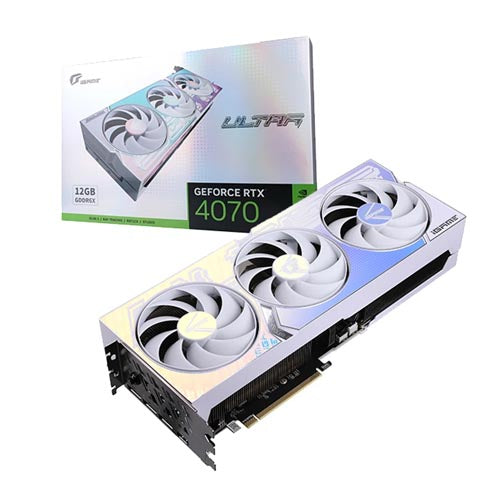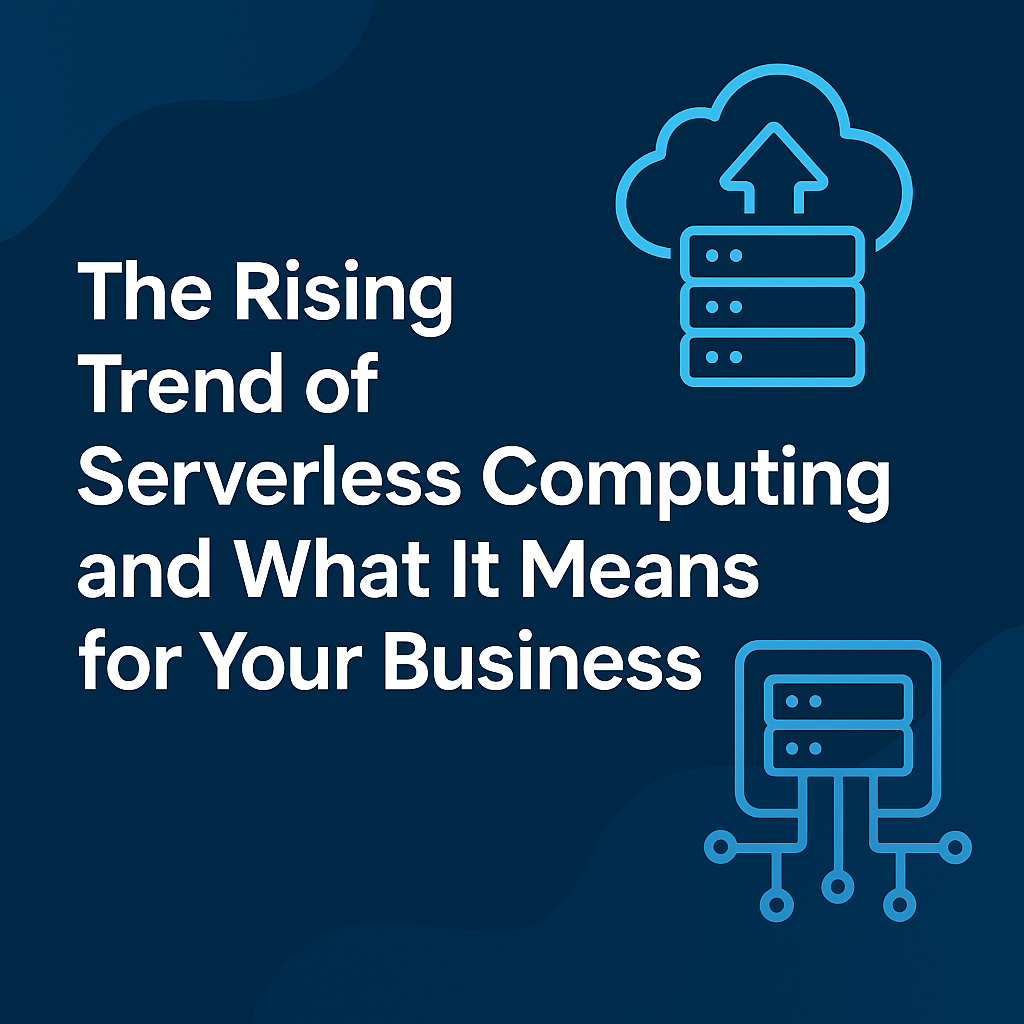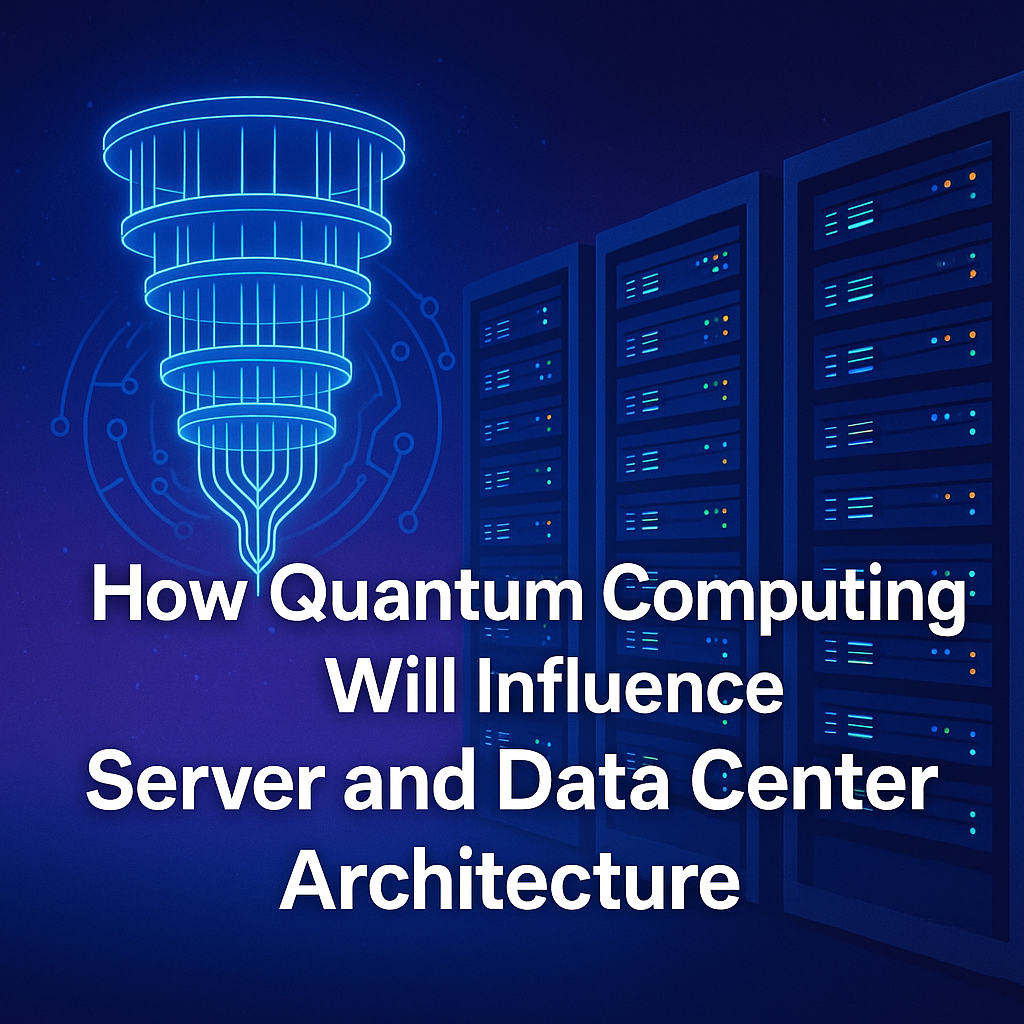
Businesses of all sizes rely heavily on servers for hosting applications, storing data, and running critical workloads. Whether you're a startup handling web traffic spikes or an enterprise managing complex data pipelines, the decision between server rentals and purchasing is pivotal.
From a purely technical standpoint, your choice affects not only hardware performance and compatibility but also scalability, security, and lifecycle management. Let’s unpack the nuances of each approach and help you decide which one suits your business best.
1️⃣ The Technical Foundation: Understanding Server Hardware
Before comparing rental vs. owned servers, let’s briefly recap key technical parameters:
✅ CPU Architecture: AMD EPYC, Intel Xeon, or ARM-based processors – each optimized for different workloads (compute-intensive, memory-centric, etc.).
✅ Memory (RAM): Capacity, ECC support, and speed (DDR4/DDR5) – crucial for applications like in-memory databases or high-concurrency environments.
✅ Storage Options: SSDs (NVMe/SATA), HDDs, or hybrid storage. Consider IOPS, latency, and redundancy (RAID configurations).
✅ Networking: 1GbE, 10GbE, or even 25GbE/100GbE for data-heavy applications like ML pipelines or video streaming.
✅ GPU/Accelerator Support: For AI/ML workloads or video transcoding, GPU support (NVIDIA Tesla, AMD Instinct) can be a key differentiator.
✅ Form Factor & Power: Rack-mounted (1U/2U/4U) or blade servers, with redundant power supplies and hot-swappable components.
✅ Virtualization & Management: Support for VMware ESXi, Hyper-V, Proxmox, or container orchestration with Kubernetes.
With this foundation in mind, let’s break down how ownership vs. rental models align with these technical aspects.

2️⃣ Buying Servers: Technical Advantages & Challenges
2.1 Performance Control & Customization
-
Customization: When you buy servers, you have total control over hardware specs – from CPU SKUs to RAID levels and network cards.
-
No Resource Contention: Unlike shared hosting or cloud VMs, dedicated servers eliminate noisy neighbor problems.
-
Specialized Workloads: Ideal for workloads needing hardware-level tuning – e.g., low-latency trading platforms, HPC clusters, or AI model training.
2.2 Lifecycle & Maintenance
-
Lifecycle Management: Owning servers means you control firmware updates, BIOS configurations, and hardware refresh cycles.
-
In-house Repairs: Businesses can replace drives, memory, or fans themselves, reducing downtime.
-
Extended Lifecycle: With proper maintenance, servers can remain viable beyond the typical 3-5 year refresh cycle.
2.3 Technical Challenges
-
CapEx vs. OpEx: Buying servers is a capital expenditure (CapEx), demanding upfront investment.
-
Scalability Bottlenecks: Sudden workload spikes may outpace hardware capacity, leading to performance or service degradation.
-
Environmental Concerns: On-premises deployments need climate-controlled environments, power redundancy (UPS), and network failover.
3️⃣ Renting Servers: Technical Pros & Cons
3.1 Flexible Scalability
-
Rapid Provisioning: Rental providers (like Serverwala, OVH, Hetzner) offer bare-metal servers that can be deployed in hours.
-
Elastic Resources: Rentals let you scale up or down without physical limitations – e.g., expanding from 1GbE to 10GbE in minutes.
-
Global Reach: Providers have data centers worldwide, ensuring latency-sensitive applications perform better across regions.
3.2 Managed Hardware
-
No Hardware Hassles: Providers handle disk failures, power supply replacements, and even proactive monitoring.
-
Up-to-date Tech: Rentals give you access to the latest CPU generations (like AMD EPYC Genoa or Intel Sapphire Rapids) without major capital outlay.
-
Energy Efficiency: Providers invest in data centers with advanced cooling (liquid or hot aisle/cold aisle containment) for optimal PUE (Power Usage Effectiveness).
3.3 Technical Limitations
-
Limited Customization: While rental providers offer pre-configured options, you might not get fine-grained control over hardware (e.g., choosing specific RAID controllers or GPU models).
-
Shared Environment Risks: Some rental services (like virtualized instances) can suffer from multi-tenant resource sharing.
-
Vendor Lock-in: Providers might offer proprietary management interfaces, limiting interoperability if you decide to migrate later.
4️⃣ Cost Analysis: The Technical View
Let’s compare the Total Cost of Ownership (TCO) from a technical angle:
| Factor | Buying Servers | Renting Servers |
|---|---|---|
| Upfront Cost | High (CapEx) | Low (OpEx) – pay-as-you-go |
| Upgrades | Self-managed, expensive | Provider-managed, transparent pricing |
| Hardware Failure | In-house spares, extra inventory | Provider-replacement SLA |
| Scaling | Limited to in-house capacity | Dynamic scaling, immediate availability |
| Data Center | Requires own environment, HVAC | Fully managed, compliant facilities |
This table shows that renting servers can offer predictable, linear costs, while buying servers requires strategic planning for hardware refresh and scaling.
5️⃣ Technical Use Cases: When to Buy vs. Rent
5.1 Buy If…
-
You need customized configurations for workloads like AI model training or GPU-intensive rendering.
-
You have stable, predictable workloads (e.g., ERP systems, financial transaction systems).
-
You have a dedicated IT team to manage lifecycle tasks (firmware, OS patches, replacements).
-
You’re deploying in secure, on-prem environments (like healthcare data centers requiring HIPAA compliance).
5.2 Rent If…
-
You need rapid deployments or seasonal workloads (e.g., e-commerce sites during holiday traffic).
-
Your business is in growth mode, and you want to avoid CapEx burdens.
-
You need global reach – e.g., low-latency apps in multiple regions.
-
You rely on managed services – backups, DDoS protection, hardware replacements.
6️⃣ Security Considerations
✅ Buying:
-
Greater control over physical security (data center access policies, surveillance).
-
Direct control of disk sanitization at end-of-life (especially for sensitive data).
✅ Renting:
-
Rental providers invest heavily in physical security (biometric access, CCTV) and compliance (ISO 27001, PCI DSS).
-
Advanced DDoS protection and automated patching often included.
🔍 Key Tip: For regulated industries (finance, healthcare), on-prem servers might be required for data sovereignty or to comply with local data residency laws.
7️⃣ Emerging Trends & Future Outlook
🌐 Edge Computing:
The rise of edge computing is blurring the lines – companies are deploying micro data centers or edge nodes in rented facilities but managing workloads themselves.
🔧 Composable Infrastructure:
Technologies like composable infrastructure (disaggregated pools of compute, storage, and GPU) are more accessible in rental environments with providers like HPE Synergy or NVIDIA’s DGX Cloud.
⚙️ AI/ML Workloads:
Server rentals with GPU acceleration (NVIDIA A100, H100) are becoming a key enabler for ML workloads – you can rent clusters for model training without upfront GPU hardware costs.
🛠️ Hybrid Models:
Many enterprises now combine owned core servers (for sensitive data) with rented edge or compute bursts for less sensitive or seasonal data.
8️⃣ Technical Checklist for Decision-Making
Before you decide, answer these technical questions:
-
What are your performance requirements (CPU, RAM, IOPS, latency)?
-
How often do you refresh hardware?
-
Do you need multi-region low-latency deployments?
-
What’s your disaster recovery and data redundancy plan?
-
Can your IT team handle hardware-level issues (BIOS, RAID rebuilds)?
-
Do you require specific hardware acceleration (like GPUs or FPGAs)?
-
How critical is data residency and regulatory compliance?

Conclusion: Tailoring Your Strategy
In the world of digital transformation, there’s no one-size-fits-all solution. Both buying and renting servers have compelling technical and financial cases:
✔️ Buying gives you ultimate control and fine-tuning, but requires investment and in-house expertise.
✔️ Renting offers flexibility, modern hardware, and operational simplicity for dynamic workloads.
For most businesses, a hybrid approach – combining owned core systems with rental-based burst capacity – is often the sweet spot. This ensures you get the best of both worlds: performance, scalability, and cost-efficiency.
Final Note:
For businesses and IT teams exploring server strategies, providers like Serverwala offer tailored rental solutions with enterprise-grade hardware and SLAs. If you’re ready to future-proof your workloads, renting servers can be a nimble, cost-effective starting point.
